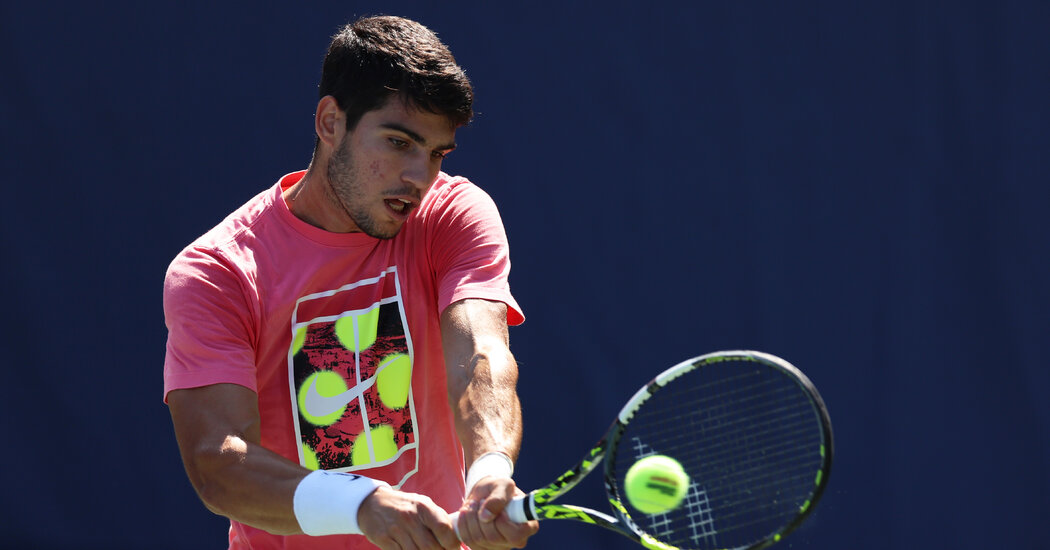“The talk of our sport for the last two years, and, of course, deservedly so because he has done things that maybe no one else, you know, has done as a teenager,” Djokovic said of Alcaraz during an interview last week.
Above all the praises and attention, Alcaraz forced the best players in the world to choose a devil — to change how they trained to play for years and adapt to him, or likely to spend most of the next decade or so was held back by an athlete playing every inch of his side of the net and trying to hit balls every inch of his opponent’s.
“There’s a lot of power, not a lot of weaknesses, but also an all-court game, and the transition from neutral or defensive to offense is very quick,” said David Nainkin, who leads player development for United States Tennis. Association. “And now every player knows if he competes with him, he has to do that too.”
Alcaraz knows that better than anyone. He said that his goal, along with winning as often as possible, is to entertain and delight the spectators who pack the stadiums for his matches, which also have sent television ratings soaring. Winning effectively is not enough. He wants to win spectacularly, showing his power and speed and touch from anywhere on the court.
“It’s dynamic,” Alcaraz repeatedly said of his style.
Over the years, it’s been the kind of transition that can happen every half-decade or so, though for roughly the last 15 years, Roger Federer, Rafael Nadal, Djokovic and, briefly, Andy Murray have made the game an exclusive scrum of skill and wisdom. Each took a turn or two to redraw the tennis court to suit his style. First comes Federer’s supreme and unmatched shotmaking, which runs through Nadal’s power and competitiveness, which runs through Djokovic’s relentless defense and angular creativity, which runs through Murray’s magical touch and movement.
